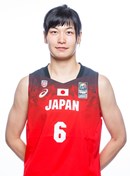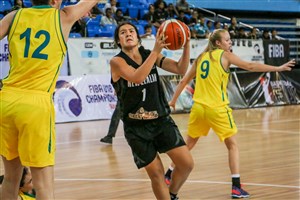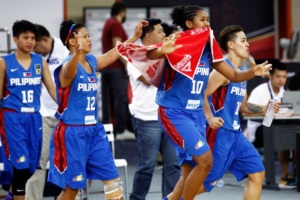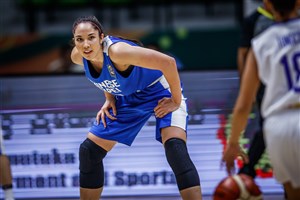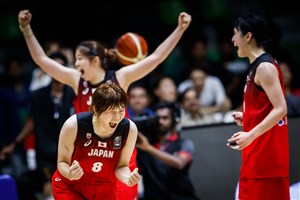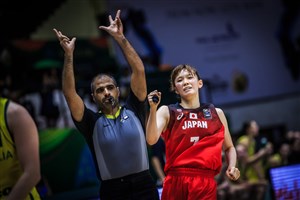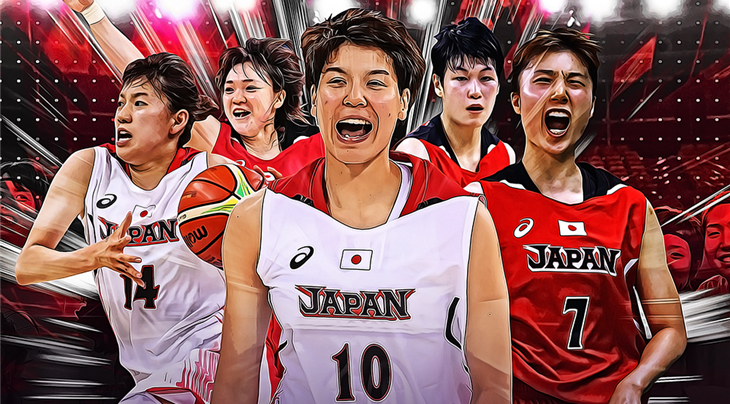
Can Japan complete the three-peat?
TOKYO (FIBA Women’s Asia Cup 2017) - Having waited more than four decades to land an Asian title, Japan are heading to Benglauru searching for what would be a thrilling three-peat.
Having taken gold four years ago in Bangkok, they successfully defended their cherished silverware during 2015 when to make it an extra special accomplishment, they did so in Wuhan – home of host nation China.
With their arch rivals having been the traditional powerhouse in Asia for almost 40 years, the pendulum has swung firmly in Japan’s direction at recent editions.
However, it isn’t all about denying China anymore for the defending champions – or heading off a revival from Korea. The reigning champions must also face up to the significant challenge of Oceania teams now competing in the competition – and not least, the mighty Opals.
Stepping out in this re-shaped landscape, can Japan continue their amazing run and if so, what will they have to do well and who will be the players to propel them to success?
When it comes to personnel, their big-hitters such as Asami Yoshida and two-time MVP Ramu Tokashiki will be central to taking them back to the top step of the podium.
The former handed out more assists than anyone else at the Rio Olympics and that underlined her status as one of the best playmakers on the planet.
Yoshida has the capacity to be dominant again and if she hits top gear, she will prove a nightmare to guard.
Meanwhile Tokashiki has been continuing with her burgeoning WNBA career at Seattle and she will take a break to put her energy into posting another outstanding Continental campaign. Japan are under-sized compared to China and especially Australia who may enter as strong favorites and that makes the WNBA experience of the forward vital under the hoop.
Yet for Japan to reign supreme again, it isn’t only about their twin turbos.
In Wuhan two years ago, it was Sanae Motokawa who top scored with 13.3 points per game, while Yuka Mamiya did the business on the glass with a team-high 7.4 boards per game.
This will be vital for Japan. They can’t leave it to their two most famous exports, it needs to be a team-effort to counter the added injection of world class talent in the Opals. It also means a clash of styles, with the high-tempo and dynamic style of Japan needing to be matched by efficiency and accurate shooting as Australia will be determined to go inside and beat them up under the basket.
It promises to be fascinating and few would back against the potential prospect of a Japan and Australia Final – although China, Korea and New Zealand might have something to say about that.
FIBA

